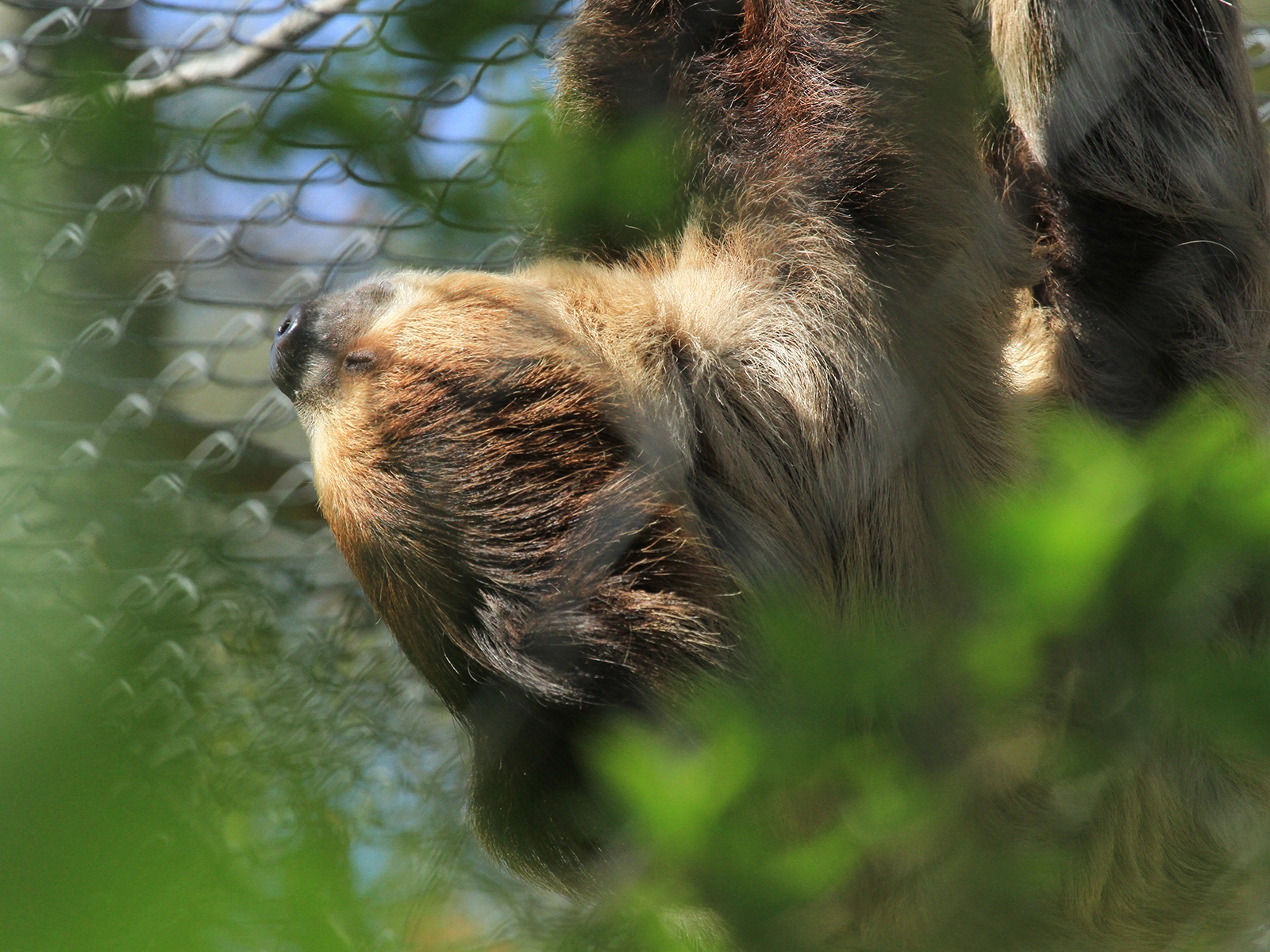Linne's Two-toed Sloth
Choloepus didactylus
Class
Mammalia
Order
Pilosa
Family
Megalonychidae
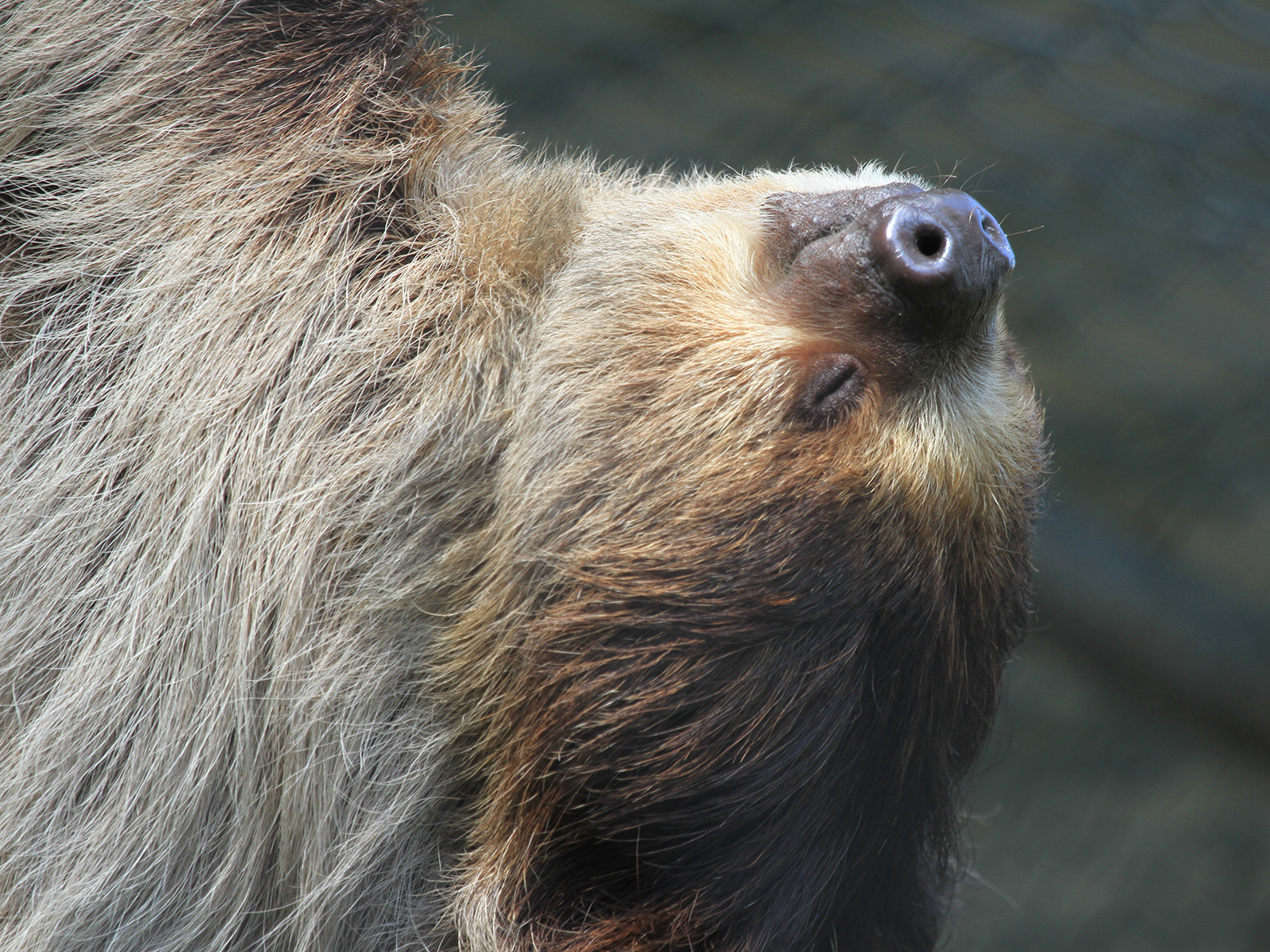
Mammalia
Pilosa
Megalonychidae
Areas east of the Andes in Colombia, Venezuela, the Guianas, Equador, Peru, and northern Brazil
Length: 24 - 30 in
Weight: 12 - 20 lbs
Tropical forest tree canopies
1 offspring
Gestation: 5 - 6 months
Leaves, shoots, fruits
Least concern
They eat, sleep, mate, and even give birth in an upside down position. They may sleep as many as 20 hours a day.
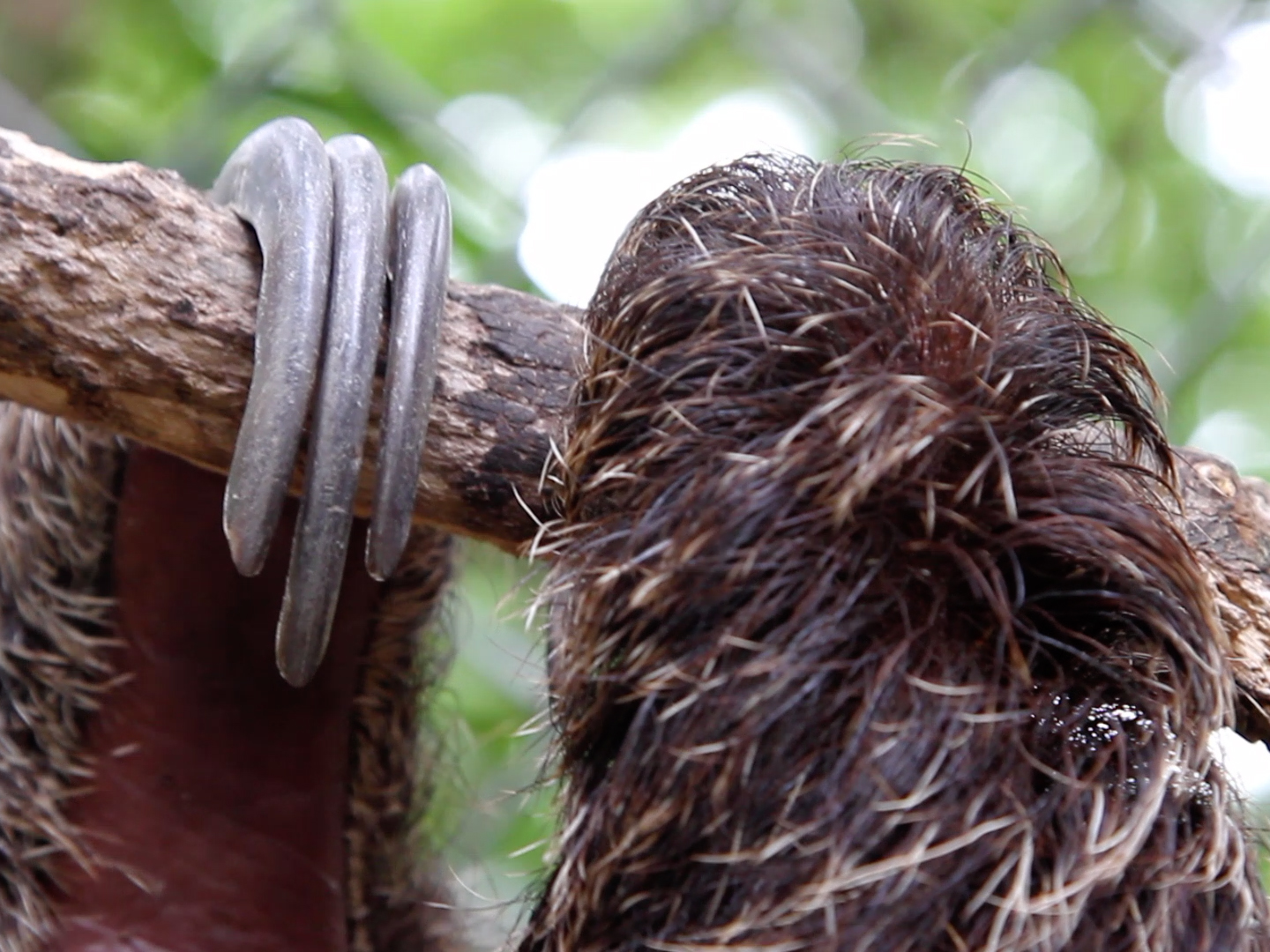
The Linne's two-toed sloth has two long claws on the front feet, and three on the hind feet. Their strong, curved claws hook around branches, helping them to safely hang and even sleep upside down. They are hard to spot high in the tree canopies. Their specialized hair encourages algae growth, which aids in camouflaging them.
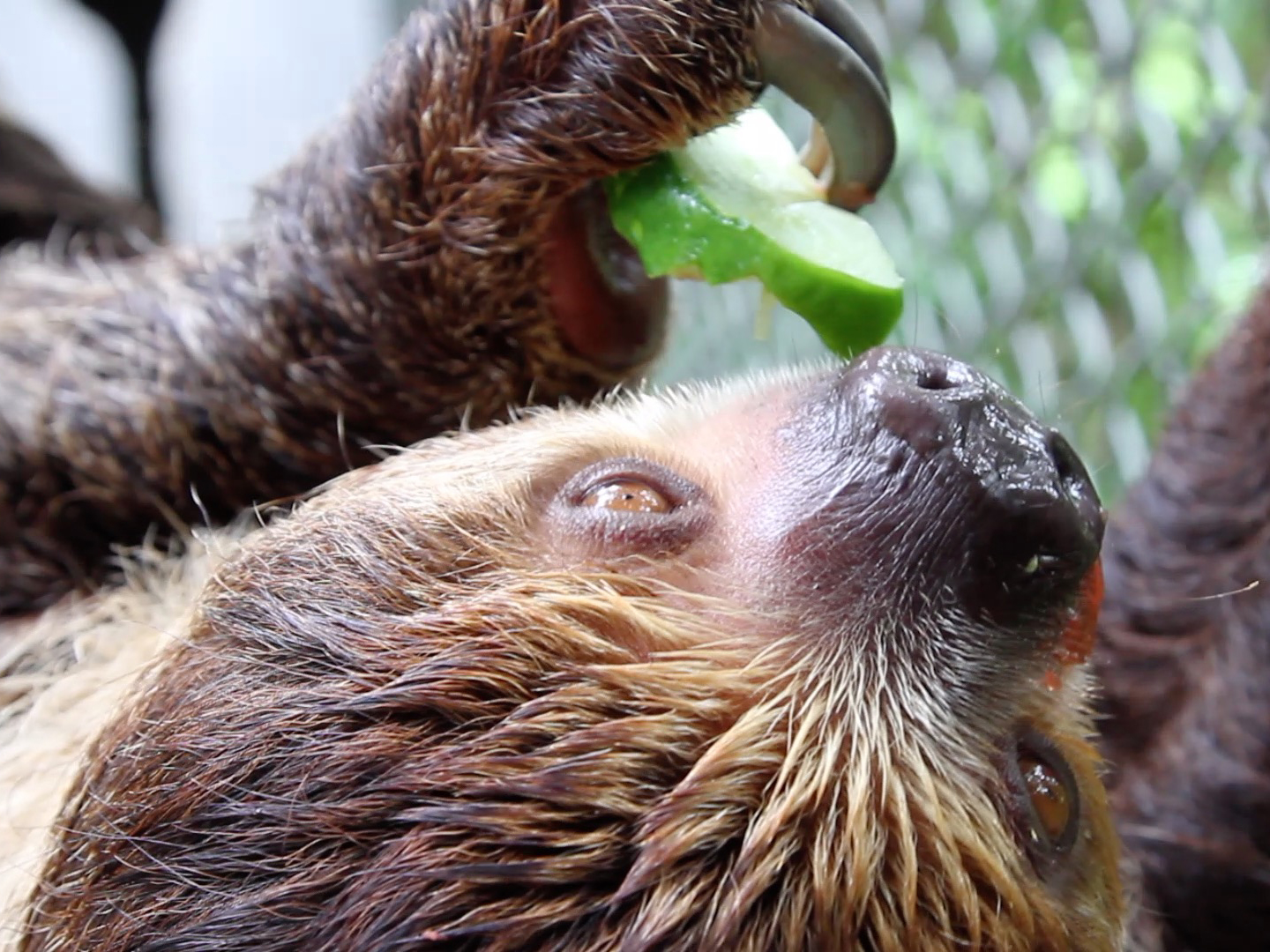
Linne's two-toed sloths are physically unable to stand or walk because their muscles are adept at pulling motions, not pushing. Instead, they must drag themselves along the ground with their front legs. They have to crawl from one spot to the other when they decend to the ground. They are excellent swimmers, moving faster and more efficiently in water than on land, often dropping from trees into rivers to swim between feeding locations. Their streamlined body and fur that has evolved for wet, tropical weather, also aids in swimming.
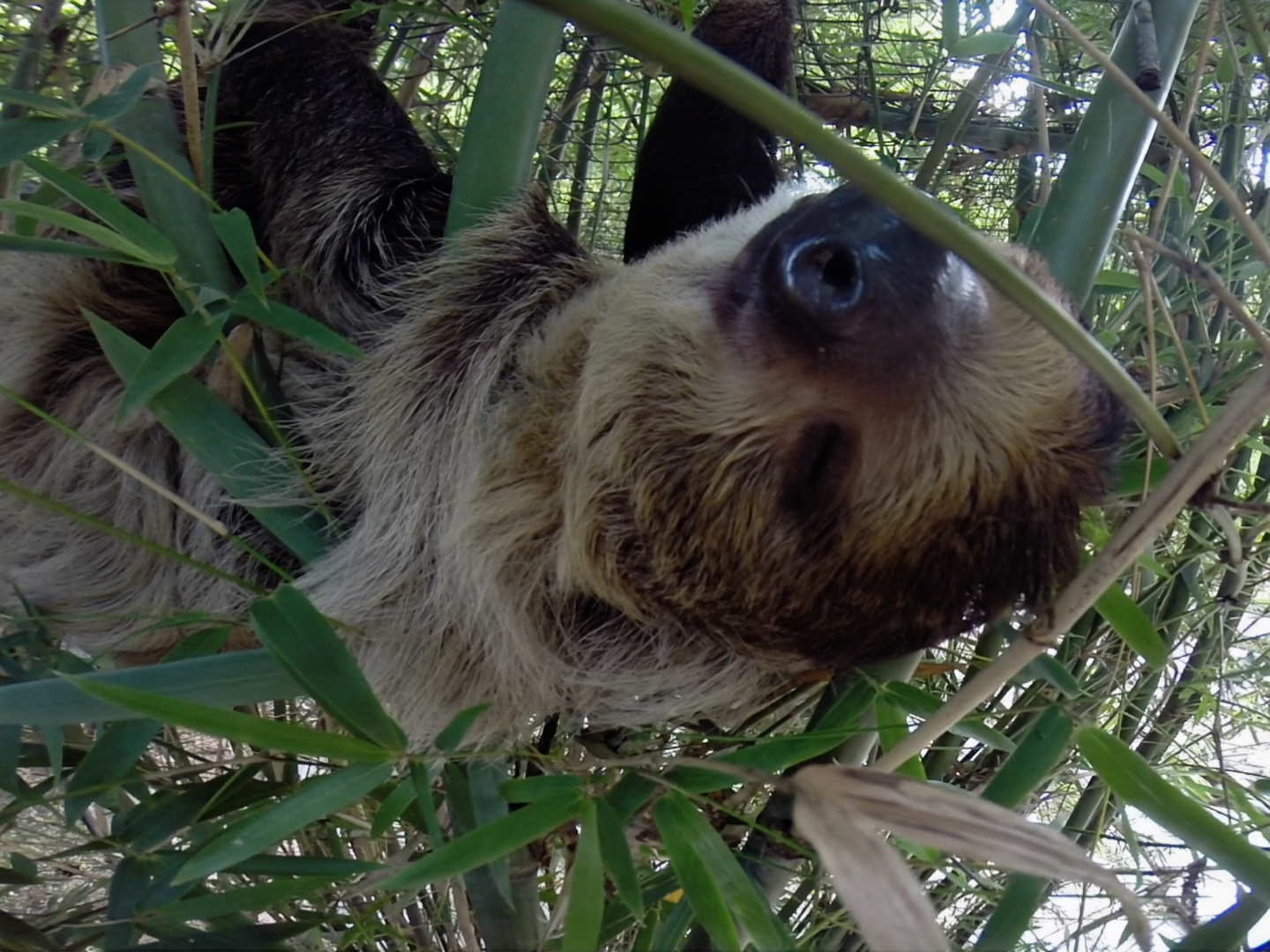
Two-toed sloths are one of the slowest mammals in the world (the three-toed sloth is the slowest). Sloths have the slowest digestion of any mammal. Some food items can even take an up to a month to fully digest. Because of their slow metabolism, it is only necessary for sloths to defecate and urinate once or twice a week.
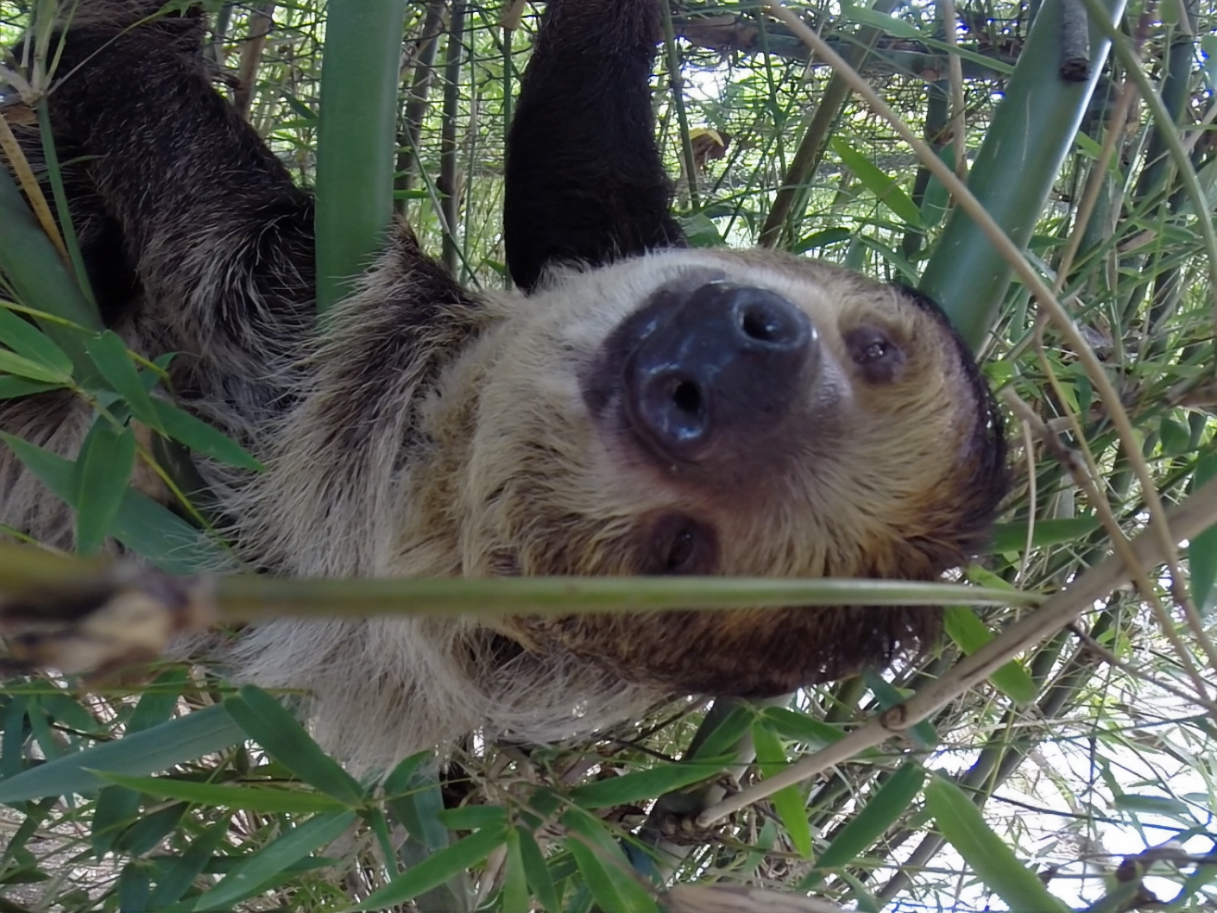
Be a Responsible Tourist. A major threat to sloths is the illegal tourism and pet trade. Sloths are often taken from the wild as babies, and the stress of being handled for photos can be very harmful to them.
Be a Conscious Consumer. abitat loss is the primary threat to all sloths. Deforestation for agriculture, particularly for palm oil, coffee, and beef, destroys their homes. You can help by looking for certified sustainable products.
Mojo: May 12, 2010
